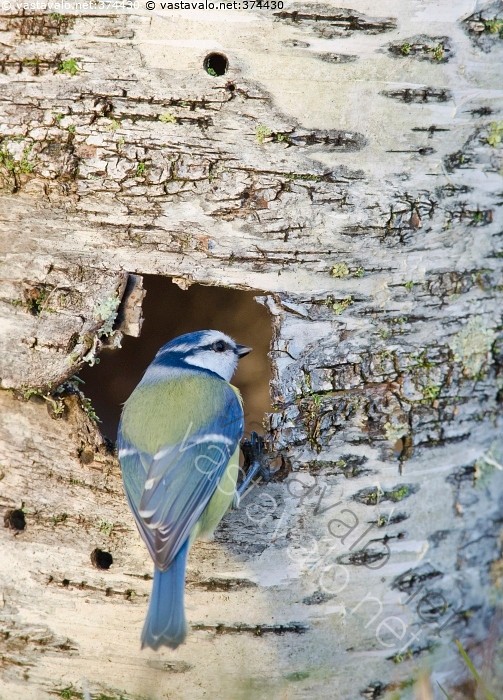- Joined
- Nov 10, 2008
- Messages
- 8,221
- Reaction score
- 1,886
- Location
- Wigan
- Hive Type
- 14x12
- Number of Hives
- 6
Oh dear! Can we get anymore patronising pal? FYI I spent many of my younger years thinning forests here in NI, we used to be able to buy by acre where forrestry cut every third tree and left standing, we dropped them and cut them up for firewood. Hard work but a living. The OP was asking a question to which i was responding:
"I have some very large river birch trees next to a stream in my fields are they good for bees or would i be better off buying a wood burner thanks for your time."
Both condescending and rude! I never had erico down as a medallion man but that post gave that impression !
VM
Sent from my iPad using Tapatalk























































 the perfect bankside tree - as long as it's coppiced regularly, it's roots reinforce banks, there is plenty of insect habitat for the fish, and it affords plenty of shelter for other riverside inhabitants such as otters, willow warblwers et al (also a good early season pollen provider
the perfect bankside tree - as long as it's coppiced regularly, it's roots reinforce banks, there is plenty of insect habitat for the fish, and it affords plenty of shelter for other riverside inhabitants such as otters, willow warblwers et al (also a good early season pollen provider 